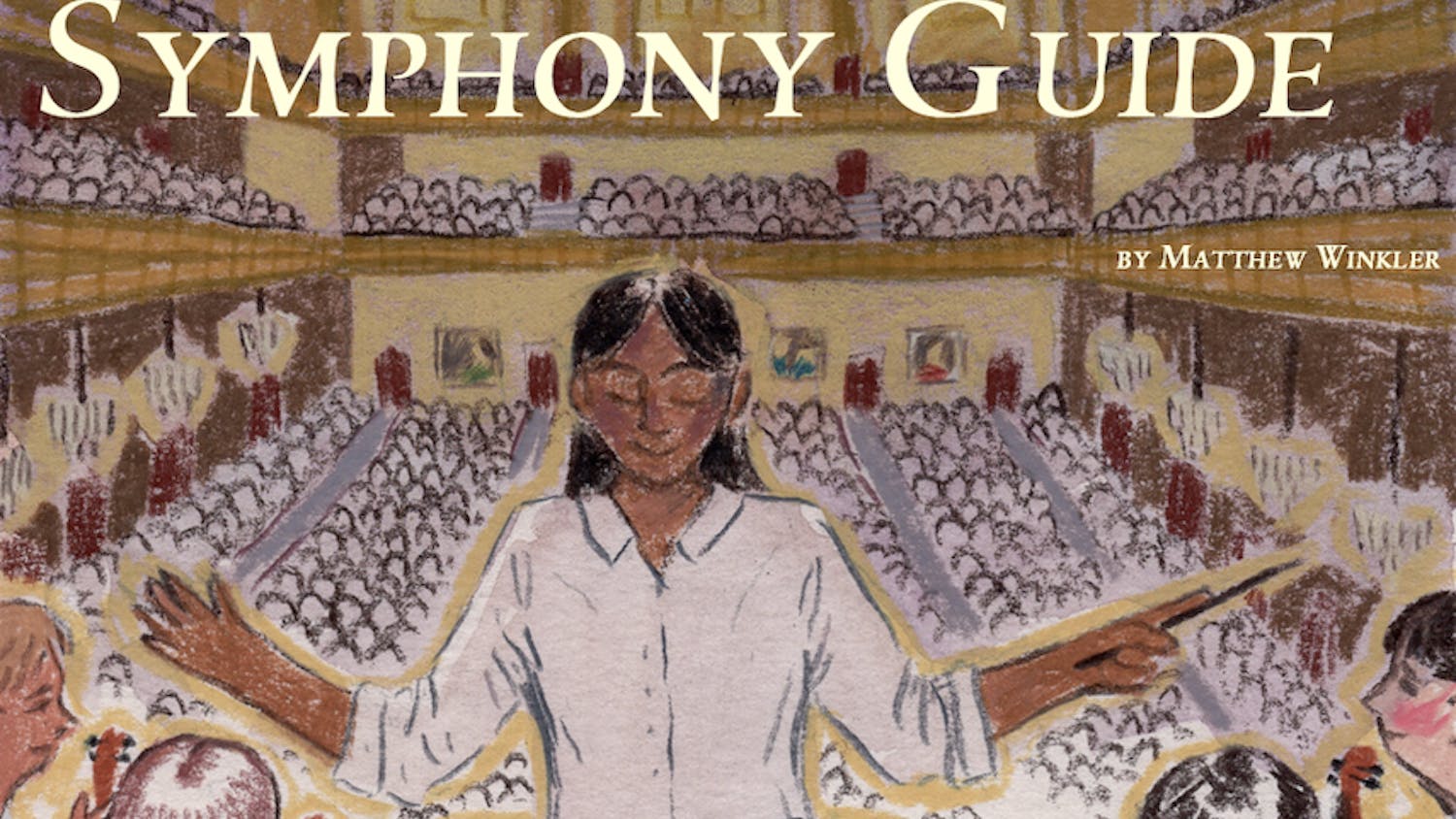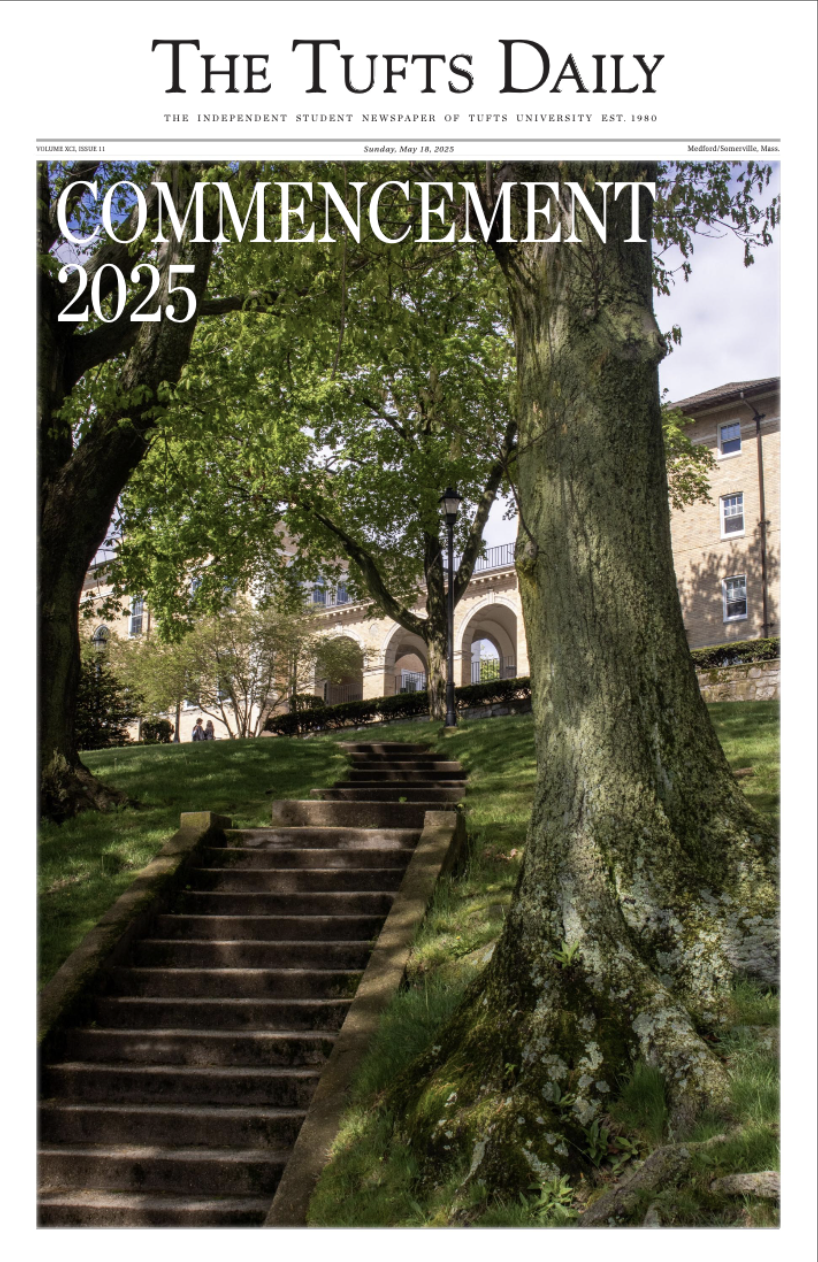Thank goodness for the Boston Ballet. With considerablepersonality and flair, they more than make up for their lack ofunlimited resources and the most technically proficient dancersaround.
That said, it was a real treat to see the visiting BolshoiBallet playing on the home team's stage at the Wang Center lastweekend. Visiting from Russia as part of this year's Bank ofAmerica Celebrity Series, the Bolshoi comes from over 200 years ofrich balletic tradition, and it's evident in their dancing.
The company as a whole dances with far less individuality andperformative flair than their Bostonian counterparts, but theirtechnical synchrony and precision compose a grand style all theirown.
The Bolshoi's first show of the season is "Raymonda,"choreographed by Yuri Grigorovich and based on a production by thelegendary Marius Petipa and Alexander Gorsky.
There isn't much in the way of plot; in fact, the one-linesummary provided by the company pretty much captures its essence:"a classic tale of faithful love set in medieval France."
The title character is the niece of a French countess, and sheis engaged to be married to a young knight named Jean de Brienne.He is shortly called off to a war that requires him to wear apretty snazzy plumed helmet, leaving Raymonda behind to wait forhis return.
Meanwhile, she has a vision of him in her sleep, but he soonvanishes behind the tutus of the corps de ballet, only to bereplaced by the ominous apparition of an Eastern knight. Raymondatakes this as an omen, and she's shortly proven right when a"Saracen" knight and his retinue show up at her aunt's castle inAct II.
This knight, Abderakhman, is immediately taken with Raymonda, sohe offers her an assortment of slaves who perform several dances topersuade her that Abderakhman is the guy for her.
When Raymonda declines Abderakh-man's proposal, he tries toabduct her. Fortunately, Jean de Brienne shows up and defeatsAbderakhman in single combat, and the lovers are reunited.
In the third act, plot is (mercifully) abandoned, and everyonedances a lot to celebrate Ray and Jean's nuptials.
As Raymonda, Maria Allash made up for her occasionally ungainlyline and landings with virtuoso balance and control. This made foran absolutely exquisite first act pas de deux with AlexanderVolchkov's Jean de Brienne as her partner.
Volchkov didn't have much else to do, but he showed off niceextension and some remarkably sure-footed landings in his third actleaps.
Rinat Arifulin's Abderakhman was acrobatically sinister, and therest of the soloists performed with admirable precision.
The only exception was either Olga Stebletsova or EkaterinaShipulina as one of Raymonda's two friends (it was impossible totell Clemence from Henriette), who persisted in dancing half a beatahead of her companion until she finally straightened herself outin the third act.
The sheer scale of the production added greatly to its charm.The massive corps de ballet demonstrated consistency andsynchronicity, especially in Act I's terrific dream sequence andAct III's exuberant grand pas.
"Raymonda" featured an elaborate design with a degree ofextravagance not often seen in contemporary ballet. The setscreated sweeping vistas of castle exteriors and interiors withvoluptuous draperies that seemed to go on forever. The costumeswere an occasionally insane but generally effective combination ofmedieval gowns and the tulle tutus one expects from classicalballet costuming.
Also worth a mention is the Bolshoi orchestra, which played thediverse score with considerable aplomb, particularly when it calledfor some sweetly soaring violin solos.
All in all, it was thrilling to see a production so thoroughlygrounded in the traditions of grand ballet.
I've yet to see a Boston Ballet production in which the sheerenthusiasm of the dancers isn't a palpable and redeeming force. Sowhen the company kicks off its 2004 -2005 season later this month,dance enthusiasts would be well advised to find themselves inattendance.
(The Bolshoi also preformed a version of Petipa/Gorsky's DonQuioxte while in town)





